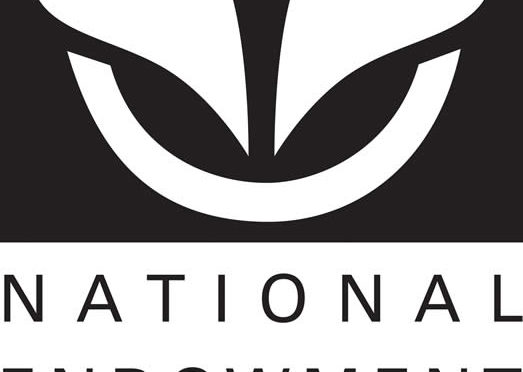 by Deborah Newmark, AFM Director of Symphonic Electronic Media
by Deborah Newmark, AFM Director of Symphonic Electronic Media
You have just been elected to the orchestra committee. Congratulations! Perhaps this is your first time serving on the committee and you are not yet sure of your responsibilities. You probably suspect that there will be issues the committee regularly deals with related to the enforcement of the local contract, but what you may not know is that the orchestra committee has an essential role in the workings of the AFM Symphony Opera Ballet Integrated Media Agreement (IMA).
While the IMA is a national media agreement administered by the AFM’s national office, the agreement does contain numerous provisions that require the orchestra committee to make certain decisions and/or seek approval from the full orchestra, when necessary. The purpose of this article is to help familiarize orchestra committees with those responsibilities so they will be in a better position to take a proactive approach in getting things done in accordance with the terms of the agreement. This review will help new members, as well as long-term committee representatives, who can all refer to this article as a guide.
Why encourage a more proactive approach? One reason is the tendency to see a revolving door of management personnel in our orchestras. This leaves us with new staff lacking experience in the workings of these agreements. Even experienced managers leave the discussion of projects until the last minute, which totally contradicts the way this agreement is designed to work. In all cases, it should come as no surprise that much of the in-house educating falls to our committees who represent the interests of the musicians in our orchestras. This is an important responsibility when additional income may be derived from the use of this product.
Under older symphonic media agreements the committee had a smaller role. That role has expanded over the past two decades into one that now requires more consultation and decision-making. A new structure exists where a more collaborative working relationship between the employer and the orchestra committee is required to move projects forward.
So how does that collaborative model manifest itself under the IMA?
The IMA is an agreement containing a variety of upfront wages for the capture and release of live concert recordings in a number of different mediums. It also contains back-end revenue participation from the exploitation of that product. Under the current agreement, musicians are entitled to 60% of the revenue received by the employer after they recoup their direct costs.
The first step is the artistic, financial consultative, and approval process. The employer must approach the orchestra committee at least four weeks in advance to discuss a potential project. If they come to the committee within the four-week window before the project is due to be recorded, then the committee must automatically take the project to the full orchestra to approve.
It is important to note that even when the IMA doesn’t require a full orchestra vote, the committee can determine that the input of the full orchestra is necessary. They have the right to determine if it is in their best interest to go to the full orchestra for input and/or a vote.
How does this process unfold?
The employer should prepare a budget for the project in advance of the first meeting. The budget should separate the costs paid by the employer and those paid by third parties. Only those paid by the employer may be recouped before sharing revenue. The employer should also include a proposed repertoire list for consideration, information about the economics of any proposed license, the terms of the distribution deal with any partners, and the financial arrangements with the conductor and soloists. If they start the process more than four weeks in advance, it gives the committee enough time to ask questions and receive necessary responses in order to move the project forward either via orchestra committee approval, or in cases where it is required or determined to be needed, full orchestra approval.
The media created under this agreement is typically licensed to a third party for distribution (our employers are not in the business of distributing product whether physical or digital). The financial deal with distribution partners determines how much revenue will ultimately come into the institution to be later shared with musicians. Is it a poorly structured deal that won’t generate revenue or is it a sound deal? Is the committee comfortable with a possible request to extend the proposed license at the end of its term? These are questions committees grapple with before a project is approved.
It is vital that committees not take this responsibility lightly. The agreement gives them oversight and approval rights. Not exercising those rights properly, will cause difficulties down the road. The committee helps to ensure compliance with the agreement. The AFM is always available to assist when questions arise. Committees are in touch with us on a regular basis for both training and assistance during the evaluation process, but we can’t stress enough the importance of utilizing the consultation and approval process provided for in this agreement. It will go a long way to protect the rights of musicians in AFM symphony, opera, or ballet orchestras.
We are still in bargaining for the successor to the 2015-2017 IMA. Any changes that affect the orchestra committee’s role in a future agreement will be reported after we finish these negotiations and ratify the new contract.

















